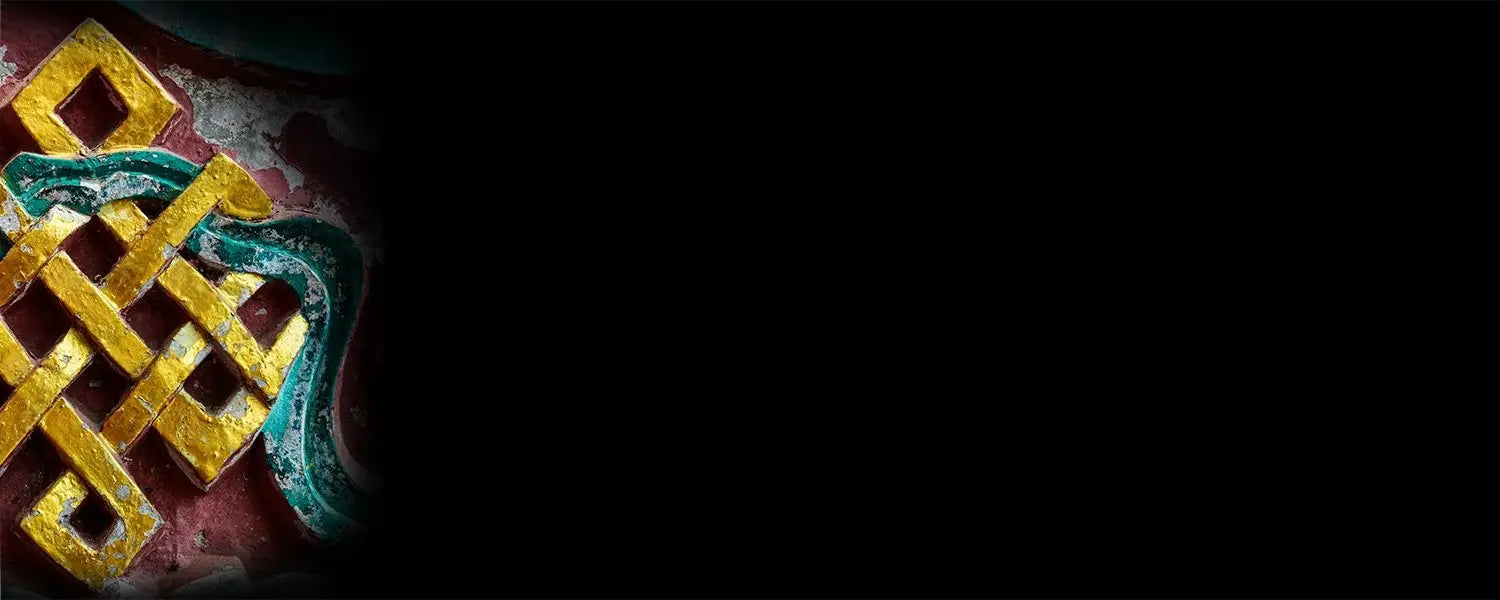The Endless Knot, A powerful symbol of Buddhism
In Buddhism, the "Eight Auspicious Symbols" are considered the most important (and perhaps only) symbols in the entire religion.
But there is one among them that really stands out: the knot of eternity. An intricate pattern of intertwining lines and endless loops, the eternal knot is nothing short of eye-catching and deeply intriguing.

Although it is mainly found in Tibetan Buddhist culture, the endless knot is also found in Chinese and Chinese art, and even in Chinese culture Celtic.
With no beginning or end, the endless knot is an intricate design of looping intertwined lines that intertwine and intertwine to form a beautiful trellis pattern.
The meaning of the infinite knot
Everything with the Eight Auspicious Symbols has a unique spiritual representation. But the divine meaning of the Endless Knot is the link between the spiritual path, the movement of time and the omnipresent self of the Buddha.
The origin of this ancient symbol is believed to be the icon of snakes - a symbol of duality in many cultures.
Buddhism focuses heavily on the idea of duality and finding balance between feminine and masculine qualities in life.
This provides a balanced perspective that allows the practitioner to let go of difficult situations and see the opposing side of arguments from a new perspective.
This provides freedom from attachment and hatred, resulting in a narrower path to enlightenment.
With all the twists and turns of the knot, it clearly illustrates the interconnectedness of all beings on the planet. The sacred knot thus takes on the symbolism not only of duality, but also of the perfect representation of unity in the universe.
The link with the Serpent Nagas, Id and the Superego
The clue to the deeper understanding of the Eternal Knot is found in its alternative name, the Mystic Dragon. This name derives from the ancient origin of the symbol when it was stylized as two intertwined serpents, known in Sanskrit as Naga.
Consult the article: Buddhist symbols and their meaning










































